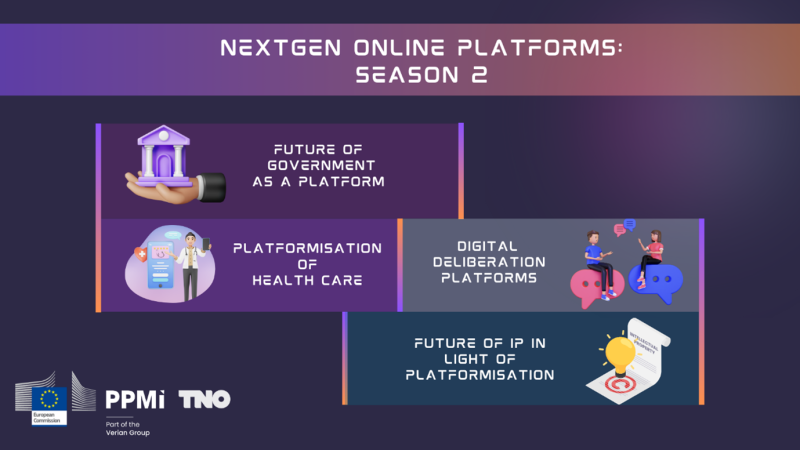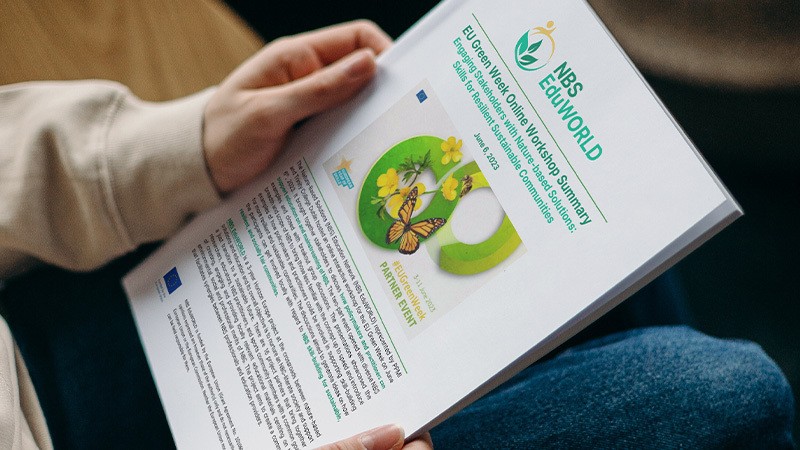The Analysis of EU industrial R&I investments on advanced materials study was conducted to provide an additional data support to the Materials 2030 Manifesto. The manifesto is a reflection of the European Commission’s efforts to create a strong European materials ecosystem that will be able to drive the green and digital transition initiatives and it also identified nine innovation advanced materials markets which are of particular relevance. In simplest terms, advanced materials are designed with a purpose to have novel or enhanced properties and improve performance over conventional materials in products and processes. This study’s main purpose was to support data-driven and evidence-based policy making in this technology area. In other words, the Commission is aware that many aspects of the advanced materials technologies are strategically important for the European economic positioning and strategic autonomy, and it wants to base its policy intervention in this area on strong quantitative data and insights gained, among other sources, from this study.
The analysis conducted for the purposes of the study used Orbis, Dealroom, PATSTAT and Technote databases and included two parts: 1) Industrial R&D&I investments and 2) market analysis. These results were reached by utilising a unique methodological approach which was agreed upon and fine-tuned together with the DG RTD. The methodology’s first step was to identify advanced materials patents groups and link companies to them. This then allowed the study team to perform a wide variety of analyses and offer insightful conclusions. Among the most prominent analysis types conducted were:
- describing the patenting activities dynamics, including the EU’s positioning in terms of patenting related to advanced materials,
- providing information on distribution, amount, and evolution of R&I expenditures and company statistics by the nine innovation markets and EU Member States,
- calculating R&I investments per technology and per region, including a thorough analysis of investments by start-ups, and
- investigating the EU’s market share within the nine innovation markets and comparing it to the leading countries in these markets.
The methodology employed in this study is complex and it paves the way to similar analyses in relevant technology areas which are focused on companies as the unit of analysis. However, it also has its limitations which include incomplete company coverage of the databases that were used, difficulties in linking companies to the nine innovation markets, and focusing only on patents granted to private companies.






